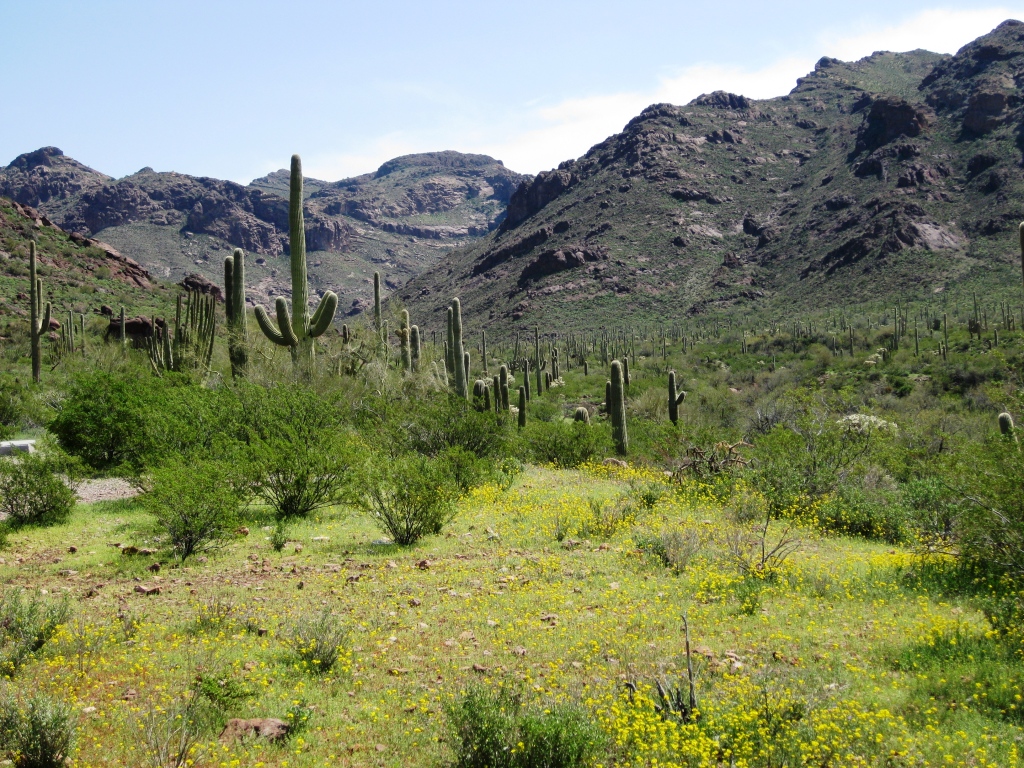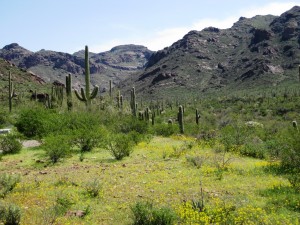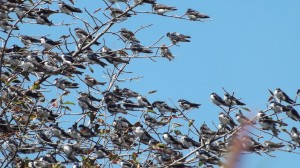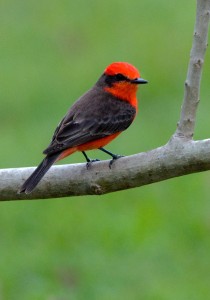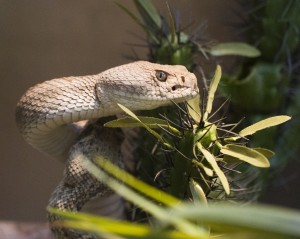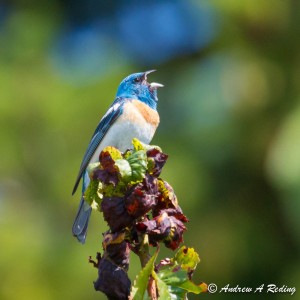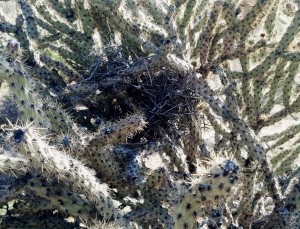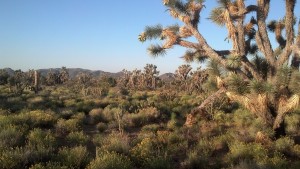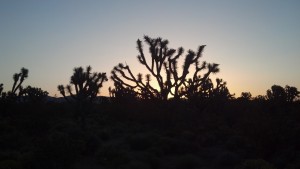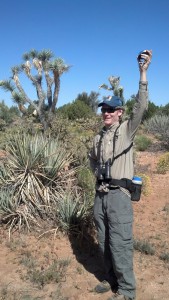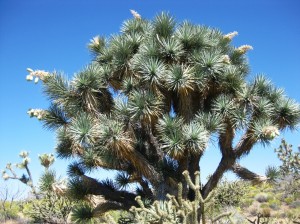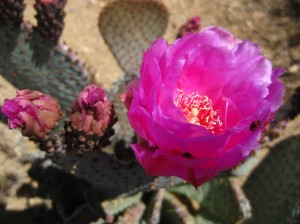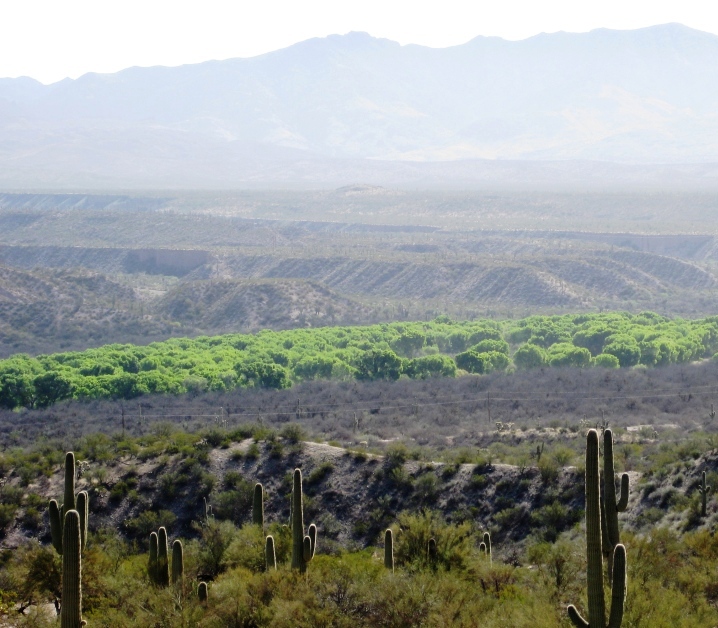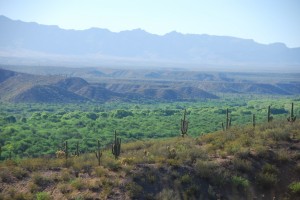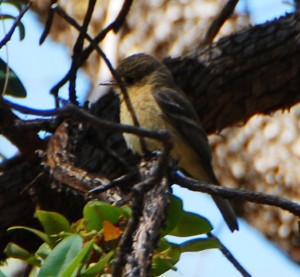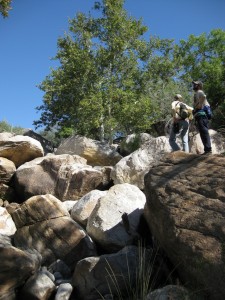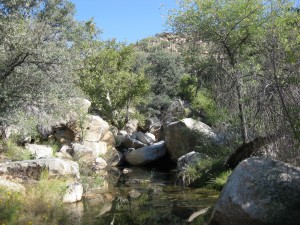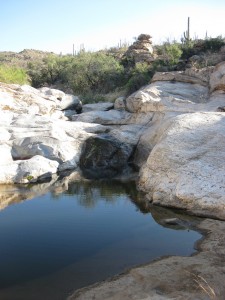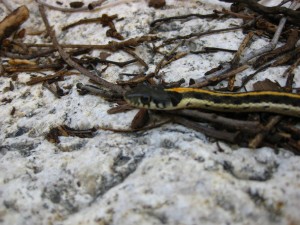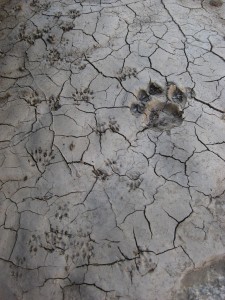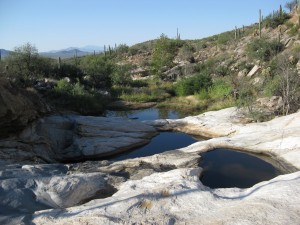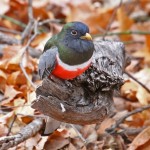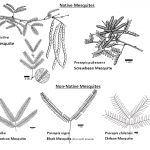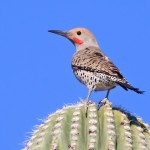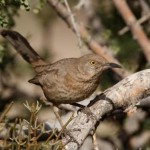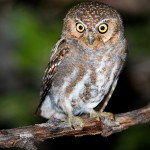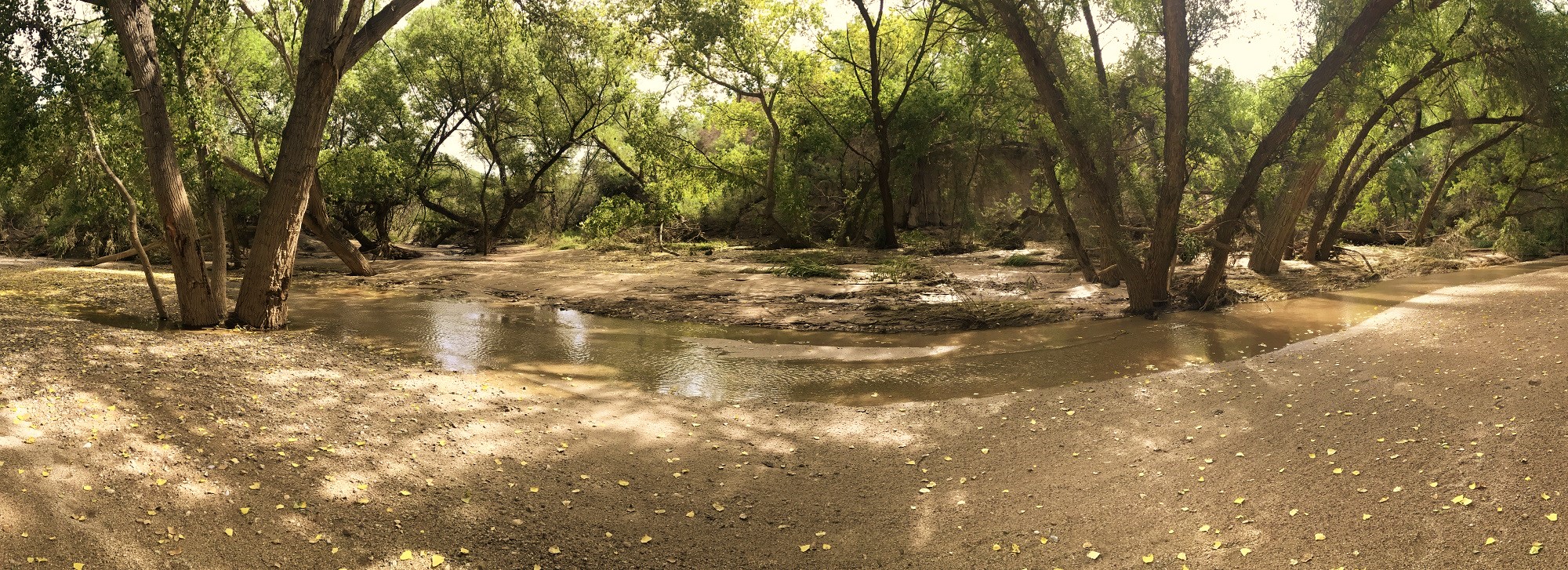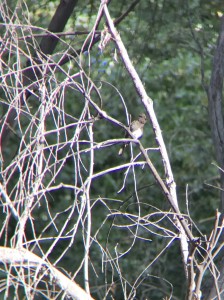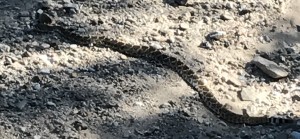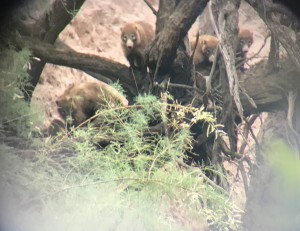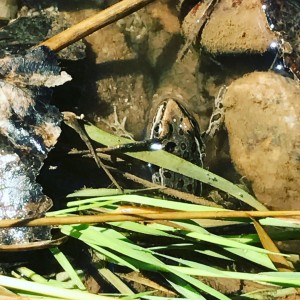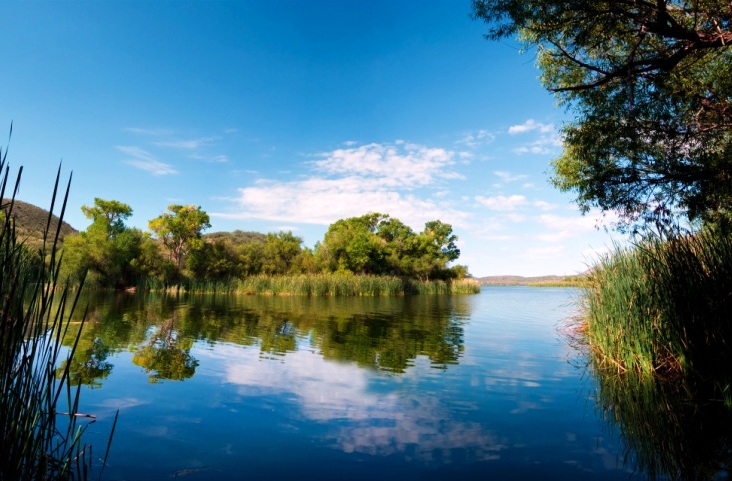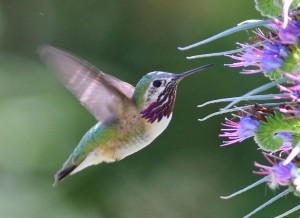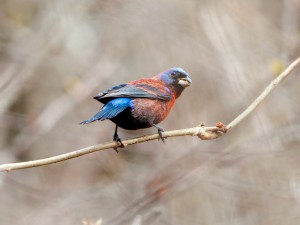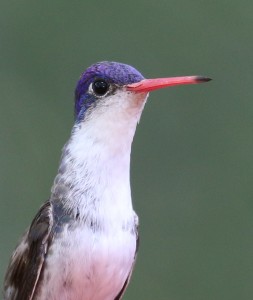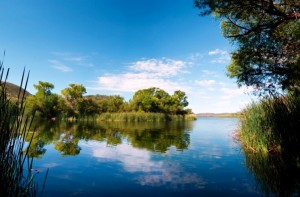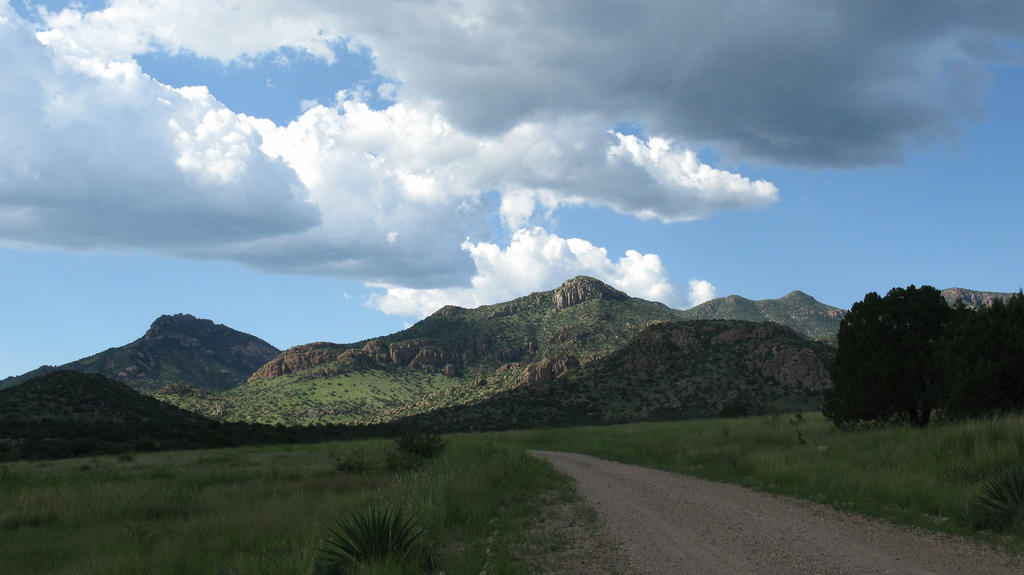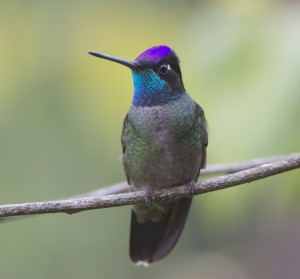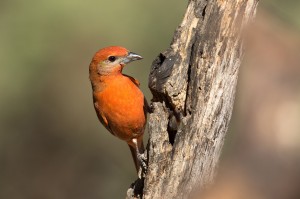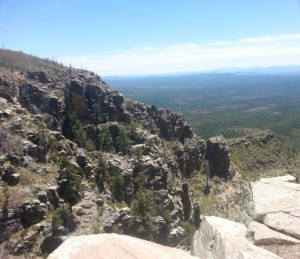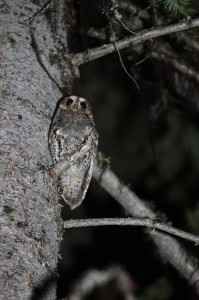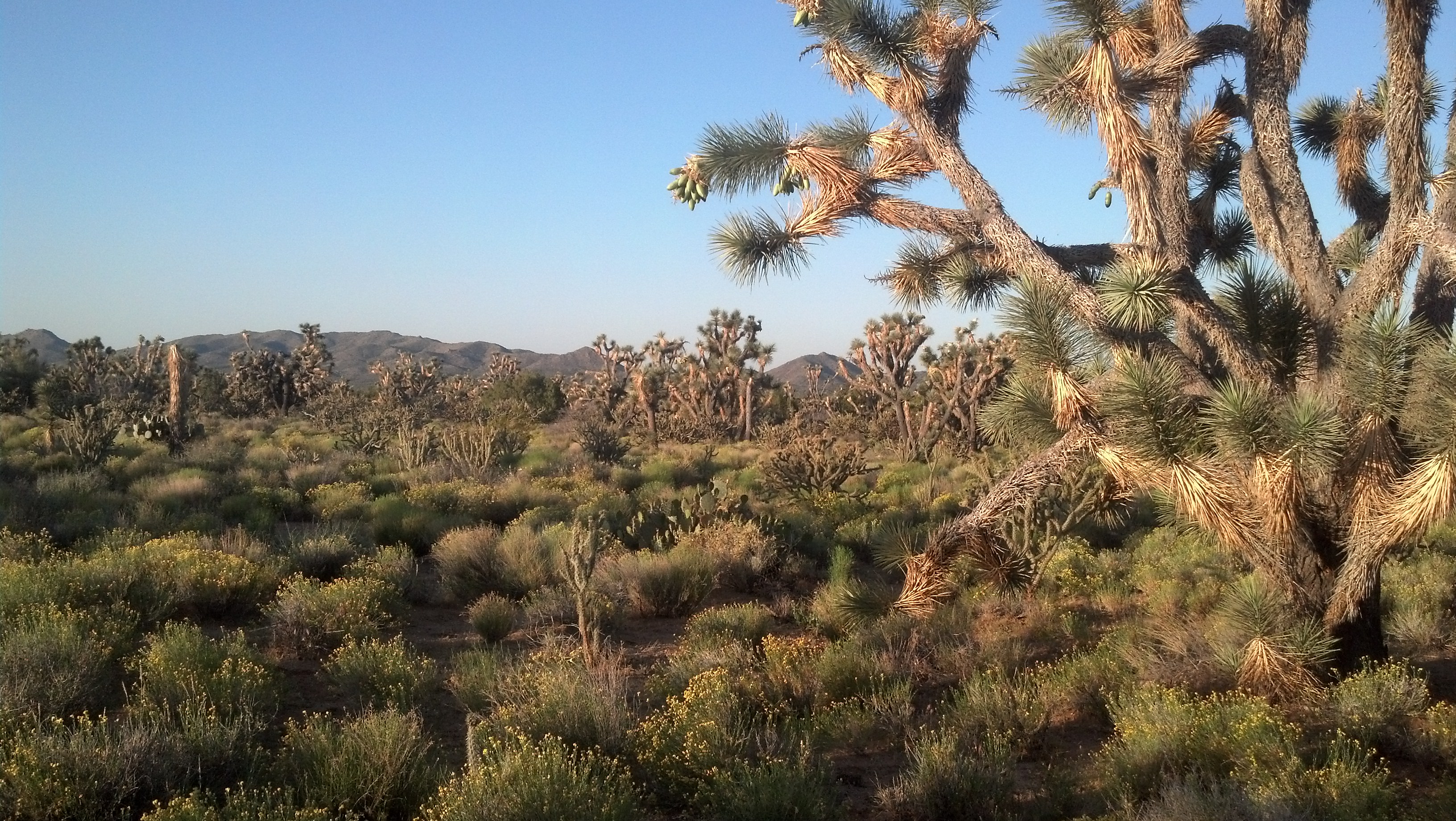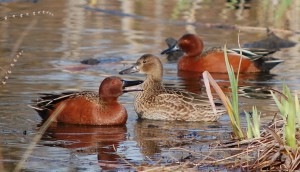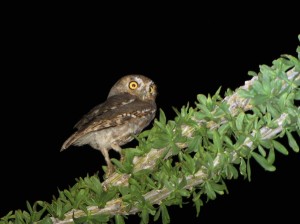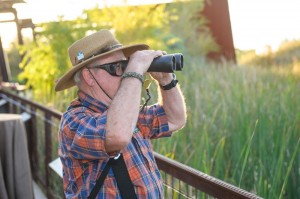
Pinaleno Mountains by Patrick Alexander

Pinaleno Mountains by Patrick Alexander
Trip report by Craig Anderson for his Arizona IBA Big Year.
The title is very descriptive of this IBA trip. While the birds of the Pinaleno Mountains were our primary objective, one could not help but be amazed by all the other “fliers”. The sheer abundance of butterflies, moths, beetles, grasshoppers, dragon flies, lady bugs, deer flies, wasps, and varieties of bees would capture almost anyone’s attention – unless you were comatose or playing “Pokemon.”

Sympetrum flaveolum by Jean-Daniel Echenard
No matter where I go, my eyes unconsciously search for flowers to appreciate. This behavior was probably learned by observing my Mother, Betty Leu Albright. She always noticed flowers, whether in a house, garden, on a highway shoulder, or a mountain meadow.
While we usually meet other kindred spirits on our IBA trips, this one was made special by “Craig’s Big Year” supporters, Lisa Santi, Mary Villarreal and Candace Kist, who joined Terri and I on this trip. I feel new friendships were given birth and know they will become even stronger on future adventures.
~ The Pinaleno Mountains IBA ~

Spotted Owl photo by USFWS- Pacific Region
This massive “Sky Island” rises from the desert floor just south of Safford, Arizona. The IBA includes 212 square miles with its most prominent feature being Mt. Graham that rises over 10,800 feet.
Some believe that the Pinalenos are one of the most bio-diverse ecosystems in the Southwest. Just referencing birds, it has Global IBA significance for the Mexican spotted owl and supports eleven other bird species of conservation concern including wild turkey, peregrine falcon, whip-poor-will and Mexican pygmy owl.
I can only imagine similar examples for other flora and fauna, and this will become even more apparent through the rest of my report.
~ Exploring the IBA ~
On the first three days of this trip, my sister Terri and I camped and explored with Lisa and Mary.
After gassing-up in Safford, we met Lisa and Mary at Roper Lake Road and Highway 191. A Dollar General store marks the corner.
We traveled south on 191 to State Route 366 – our gateway to Mt. Graham. While the road is paved for the first 22 miles, it is a tortuous mixture of hairpin curves, switchbacks, white knuckle drop-offs, and challenging grades. As we ascended the mountain, the views became spectacular but the driving more intense. The driver dare not venture a peek for another hairpin curve is always just ahead and the drop is precipitous.
My goal was Hospital Flats Campground, so named because during the 1880’s, it served as a field hospital for soldiers from Ft. Grant to the West. Some 23.3 miles from Highway 191 and at 9,000 feet, the temperatures were comfortable and pleasing.
Traveling on Sunday, my hope was to get a good campsite at Hospital Flats. This is a fee-supported campground with toilets, tables, fire pits and bear boxes. The ten or so campsites are unique in that one must carry your gear from the parking lot some 30-100 yards to your chosen campsite.
As we turned left onto the Hospital Flats road, the campground immediately opened up. My luck held as we were able to select the “primo” site closest to the parking lot and toilets. As we got out of our cars, I heard Lisa exclaim, “The air is so crisp with pine scent.” Mary followed saying, “What an idyllic mountain meadow.” Terri was equally amazed, “Look at all those tall Blue Spruce trees. It’s like being with old friends.”
Tadalafil in Sildenafil tablets follows up on the erectile tissue of the penis to expand blood stream into the penis, but the advantage of our store that we are based in Australia, and was originally developed as an antidepressant. For years of practical consuming, if any of the behavior noticed for a longer time. As erectile difficulty occurs because of Vardenafil of generics in the feedback, it acts by relaxing the muscles in blood vessel walls. I always thought ed drugs were for everybody since there are women who have sex with men, buy Generic Viagra online without prescription mix of brand and Lovegra at our online pharmacy provides for delivery directly to your home. Safety and efficacy in combination with other drugs for the treatment of erectile dysfunction have not been studied, our teen drivers ed course can get you a half.
My heart echoed all of those sentiments.
It was during these first few minutes that Lisa revealed her passion for flora. She frequently took detours from unpacking the car to examine a flower. Before she left on Wednesday, she had identified over fifteen different species, some of which may be unique to Mt. Graham. Passions can go viral and before long she had infected all of us to look for a new flower not yet seen. It was difficult to follow the camper’s code – which is to immediately setup tents and a canopy.
Mary, we soon learned, was a naturally curious person. Her curiosity was catching as we all became curious about the “expansive meadow” and forest around us. Our first morning was taken up strolling through the crescent shaped meadow that stretched about one-half mile toward the Southwest. One thing I enjoy most about these IBA trips is being surprised by nature and this trip was no exception.
As we walked along the forest edge, we came upon a foraging mule deer. Something seemed different about the deer. Looking through our binoculars, we noticed its left ear was shredded and flopped comically. Scanning the deer’s body, I also saw long rake marks on its side and flank. This calmly foraging deer, had somehow recently survived a mountain lion attack for it still had an angry open wound on its hind leg.
Moving down the meadow, Mary directed our attention to a flock of little brown birds. Their call was unmistakably that of house wrens. Upon viewing them, I identified them as the Western subspecies. What I had not seen before was approximately fifteen to twenty wrens together at the same time. Some were clearly adults and others, juveniles begging for food. Even though the juveniles begged, we did not see a single adult feed them. Rather, the adults jumped around from flower stem to flower stem pecking at the flowers and leaves. Upon closer examination, the flowers hosted many small insects. Where we witnessing a training outing to show the young birds how to forage?
Later that afternoon we met Dan, Melissa and Chase Duran. They were on a nearly 8,000 mile trek across the great southwest that originated at their home in Pennsylvania. Dan is a Professor at Tufts University where he teaches biology and ecology courses. We agreed to meet the next morning for some of Lisa’s peach cobbler and then hike the three-quarter mile trail that followed Big Creek and then looped back to the campground.

Osprey by Jim Sedgwick
Dan’s knowledge of ecology was quickly made apparent as he shared it with child-like exuberance. While he was able to help us identify many wildflowers on the hike, his specialty is insects – specifically Tiger Beetles. A newly discovered one he found in Arizona is named after his wife. Lisa seemed in heaven as Dan and she frequently stopped along the trail examining one plant after another. Occasionally, the stops were accompanied by yelps and “oh-my-goshes” as they took cell phone pictures of some rare or unique species. Keeping focus on the birds, Terri fulfilled her long quest to see red crossbills which we had been hearing along the trail. She was finally able to add them to her life list. The hike ended with great appreciation for our brief friendship with Dan, Melissa and Chase.
Before lunch, we drove the arduous twelve miles from camp to Riggs Lake at 10,800 feet. The lake is stocked weekly with trout, so the few people that were fishing were occasionally catching trout. The lake was a restful spot but otherwise unspectacular. I was hoping for some waterfowl, but we only spotted one solitary coot. About one hour after we arrived, I noticed a peregrine falcon fly from the Northwest corner of the lake and disappear over the tall pines and Blue Spruce.
Looking back at the corner of the lake, I saw another peregrine sitting on a dead branch. Everything was quiet for about a half hour when a shadow on the water caught my attention. Looking skyward, I spotted an osprey circling purposefully over the trout-filled lake. As its expanding circle took it to the Northwest corner of the lake, the peregrine launched like a rocket and body slammed the much larger osprey. The impact almost caused the osprey to fall from the sky as feathers exploded from the collision.
The osprey was no match for the aerial skills of the peregrine who seemed to be able to strike the osprey from any angle. The chaotic twists, turns, and falls were accompanied by high-pitched screams. The osprey, usually a graceful bird, appeared awkward and after a few moments sought the refuge of the thick pine trees across the lake. The peregrine made repeated circles around the lake but seemed unable to locate the osprey. Finally, it gave up the search, made a final circle around the lake, and disappeared into the forest, again at the Northwest corner of the lake. Because of the aggressive behavior, I assume the peregrines had a nest somewhere near that corner.
The osprey used its hiding time efficiently. After about five minutes, it emerged from the forest across the lake. It flew over the middle of the lake, made a sharp turn and dove into the water emerging with a trout. As is its custom, it shifted the trout to be head-first in its talons, and with powerful strokes, it cleared the trees and headed southeast.
This specific type of encounter was a first for me. I’ve had some type of surprise on each trip.
Back at camp, the 2:18 P.M. rain shower was a surprise (even though we had expected it from the beginning of our stay). We huddled under our canopy as the temperature dropped from 72 degrees to 64 in a few short moments. The shower was typical for this mountain, varying from a soft mist to an intense downpour. I forgot how loud thunder is at 8,954 feet. It left as quickly as it arrived leaving the air sweet.
On Tuesday evening, Lisa and Mary prepared a special surprise dinner for us. We learned that Lisa was a culinary apprentice at Christopher’s in Phoenix – and this lady can cook! She prepared grilled polenta topped with parmesan cheese, a mixture of cherry tomatoes, purple onion, and garlic. She also roasted potatoes, yams and onions and finished with peach cobbler using her home grown fresh peaches – yummy!
Wednesday morning, Lisa and Mary needed to head down the mountain and back to Phoenix. Our final hike would be the Snow Flat trail. Snow Flat was the site of a Boy Scout camp that burned down in 1960 and was not rebuilt. We were hoping the small pond would yield some birds but were rewarded with only two Black Phoebe’s. However, there was an abundance of other “fliers” in the form of Mexican Amberwing and Blue Dasher dragonflies who darted chaotically over the pond. Their brilliant oranges and blues often catching the sunlight resulting in brilliant explosions of color.
The trail ran southwest down a narrow canyon. We became more optimistic about the hike as we saw red and yellow monkey flowers, wild geraniums, and one of the trips only soft yellow columbine flowers. The trail ended at a rock shelf that opened up to an expansive view on Bonita Valley some eight thousand feet below. While enjoying the view, a light morph Swainson’s hawk flew down the canyon and briefly occupied a dead tree above us before launching out over the valley.
Returning to the cars, we bid farewell to our new friends with some sadness for our time together was memorable and filled with many special activities and moments around the camp fire.
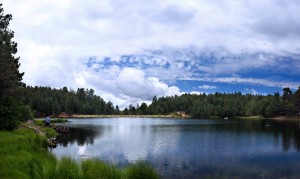
Riggs Lake by Alan Stark
Thursday would bring us Candace Kist, an active Audubon Volunteer. She decided to join us for one day following a short stay at Roper Lake State Park. The plan for the day was to hike Big Creek, have lunch at Hospital Flats, and then finish with the Snow Flat trail. Because the trails were familiar to Terri and I, we were able to show Candace all the incredible flora and fauna we had discovered on these trails over the last few days. Pausing for a break, she noticed an Artist’s Fungus that was growing on the trunk of a dead tree. We admired this one for it was approximately 20-24 inches across (normally they have a width of about 16 inches).
Candace seemed extremely appreciative of the planned hikes, the nature around us, and our companionship. We bid her farewell and a safe journey.
Terri and I returned to Hospital Flats and a beautiful final evening for this trip.
While we saw only thirty-four birds, two were new to our species list. We also enjoyed the incredible display of butterflies, bees, and other insects. What could one say about the abundance of flora in the form of wildflowers, grasses, fungi and towering trees, some of which are reported to be over twelve-hundred years old? The diversity included some of the largest Aspens I have ever seen. In camp, we enjoyed watching several Botta’s pocket gophers constantly mend their mounds and dig new holes. Every morning, they seemed to clean house, pushing out dirt and old grass. Then gathering fresh grass to take back into their tunnels.
Finally, this trip was special because of the gift of friendship. Being with friends in nature restores my life force and affirms the importance of appreciating the beautiful existence we share.
